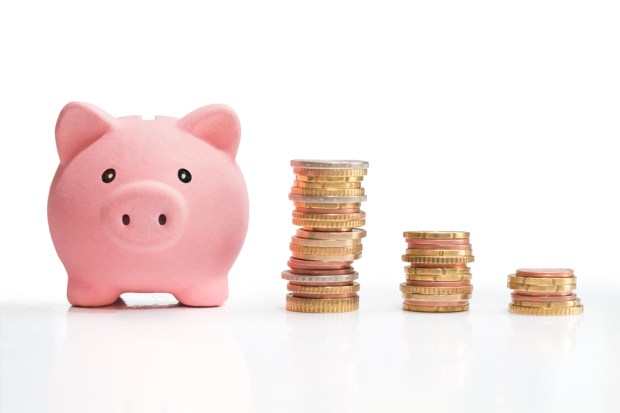What The Fed’s Big Decision Means For The Big Banks

The rate hike has finally come, and the big banks are taking a cue from the Fed’s actions.
As The Wall Street Journal reported Wednesday (Dec. 16), lenders across the United States are looking to boost rates on at least some loans, in tandem with the Fed’s pushing rates up by a quarter of a percentage point.
But, as WSJ noted, depositors are going to see a lagging effect, because while banks have said they will increase rates on what they lend out, they have not claimed corresponding gains in the rates on funds parked within their vaults, virtual or otherwise.
[bctt tweet=”Depositors are going to see a lagging effect.”]
In reference to the big banks that are in line to boost rates, the roster includes JPMorgan Chase, Bank of America and Citigroup, among others. The key rate that will get a jump is the prime rate, which is used to determine rates on interest bearing debt, such as credit cards. The prime rate will go from 3.25 percent to 3.5 percent. As an aside, the prime rate is nearly always higher than the fed-funds rate. After seven years of zero percent rates, a whole host of rates are set to climb. The squeeze on banks’ profits is also set to abate as a result, chiefly through a gain in returns on lending income.
In terms of the timing of the hikes, a majority of the banks, which also included U.S. Bancorp, PNC Financial Services and HSBC, said the initial increases would occur Thursday.
Though WSJ noted that further interest rate hikes will be necessary to put a noticeable upward trend on net interest margins, the effect on deposits should be felt over the next several months, as Bankrate.com said it calculated that deposits have seen interest paid on those accounts grow by about 25 basis points through the first year after a rate hike.
